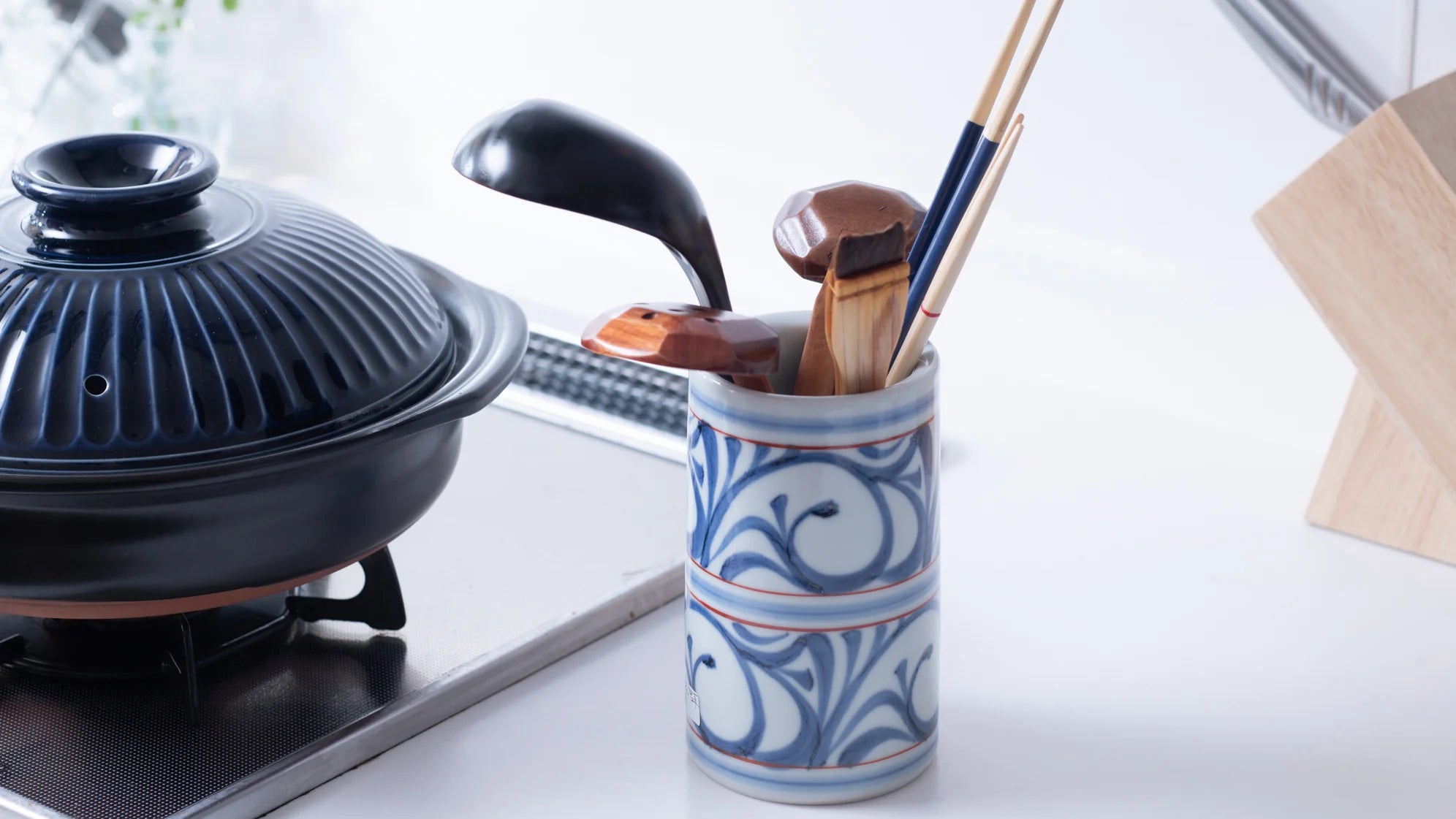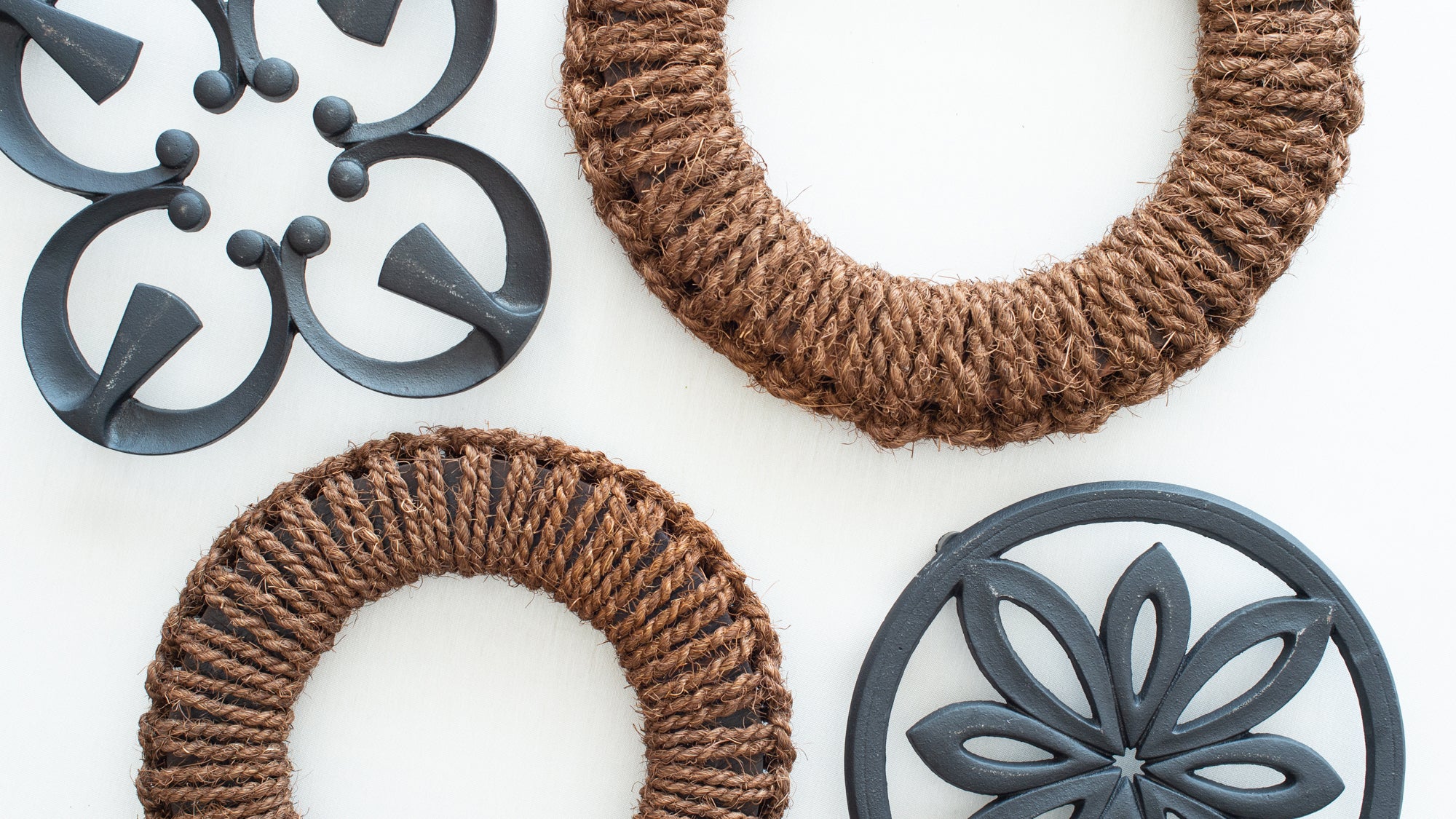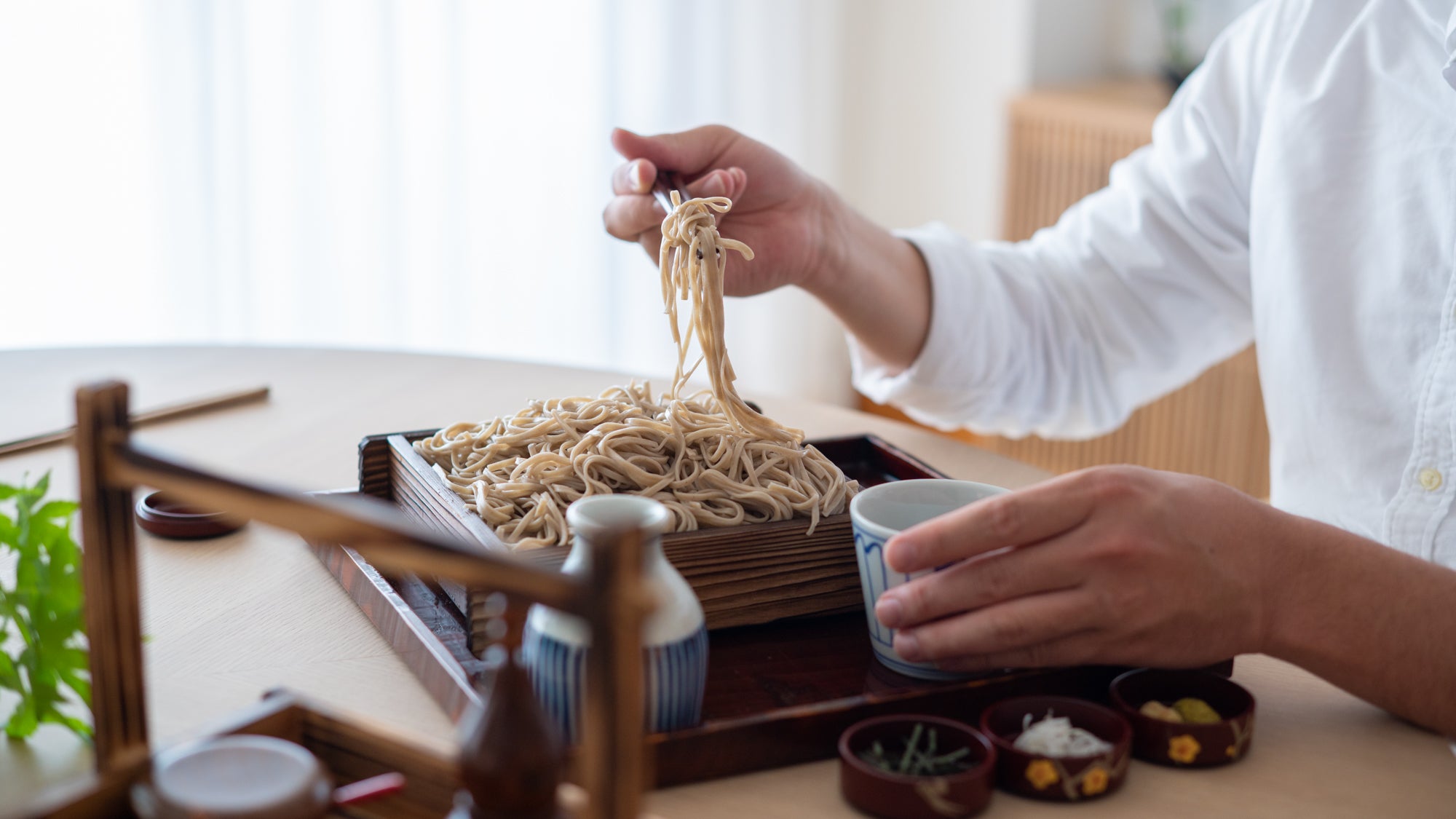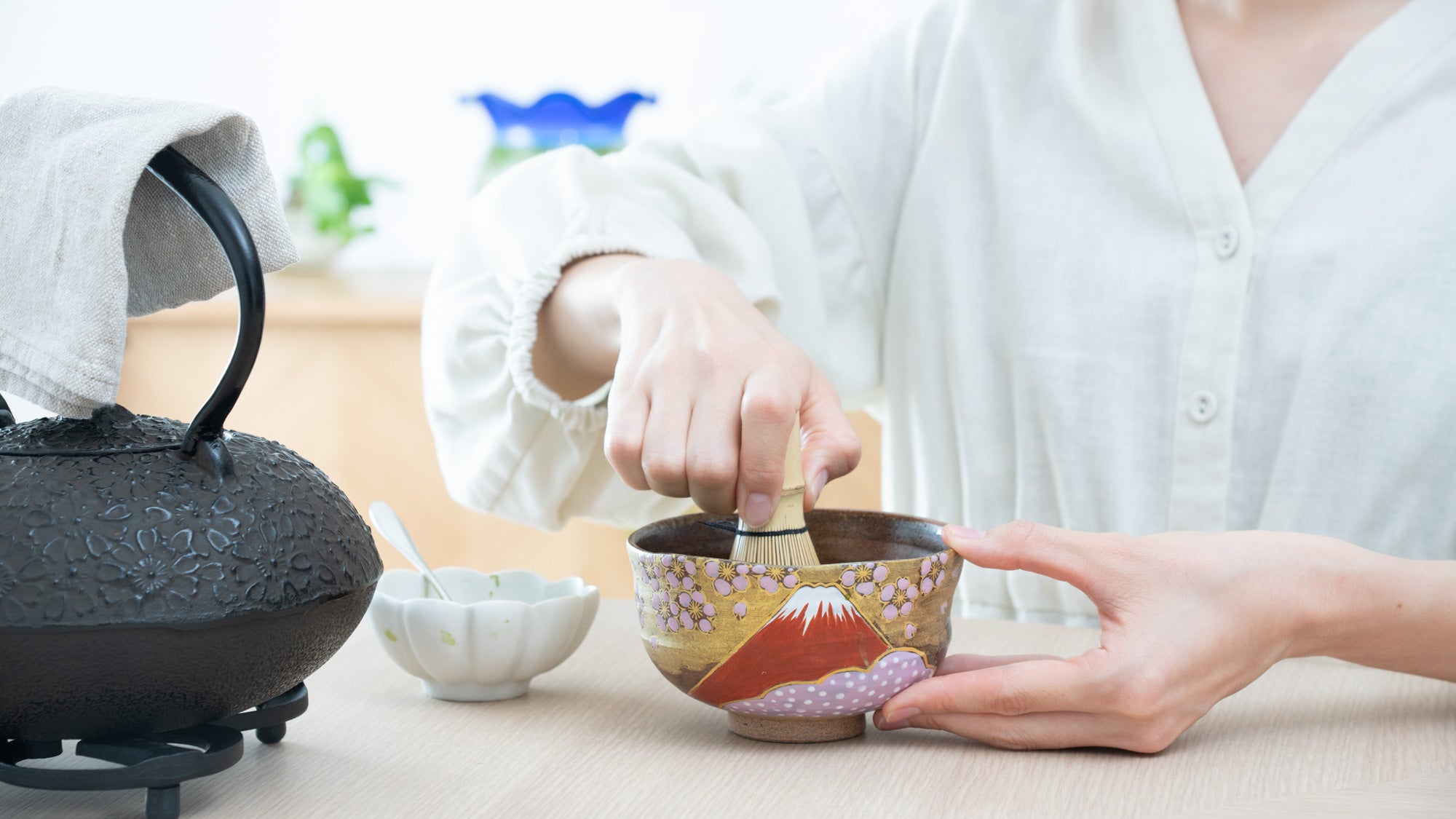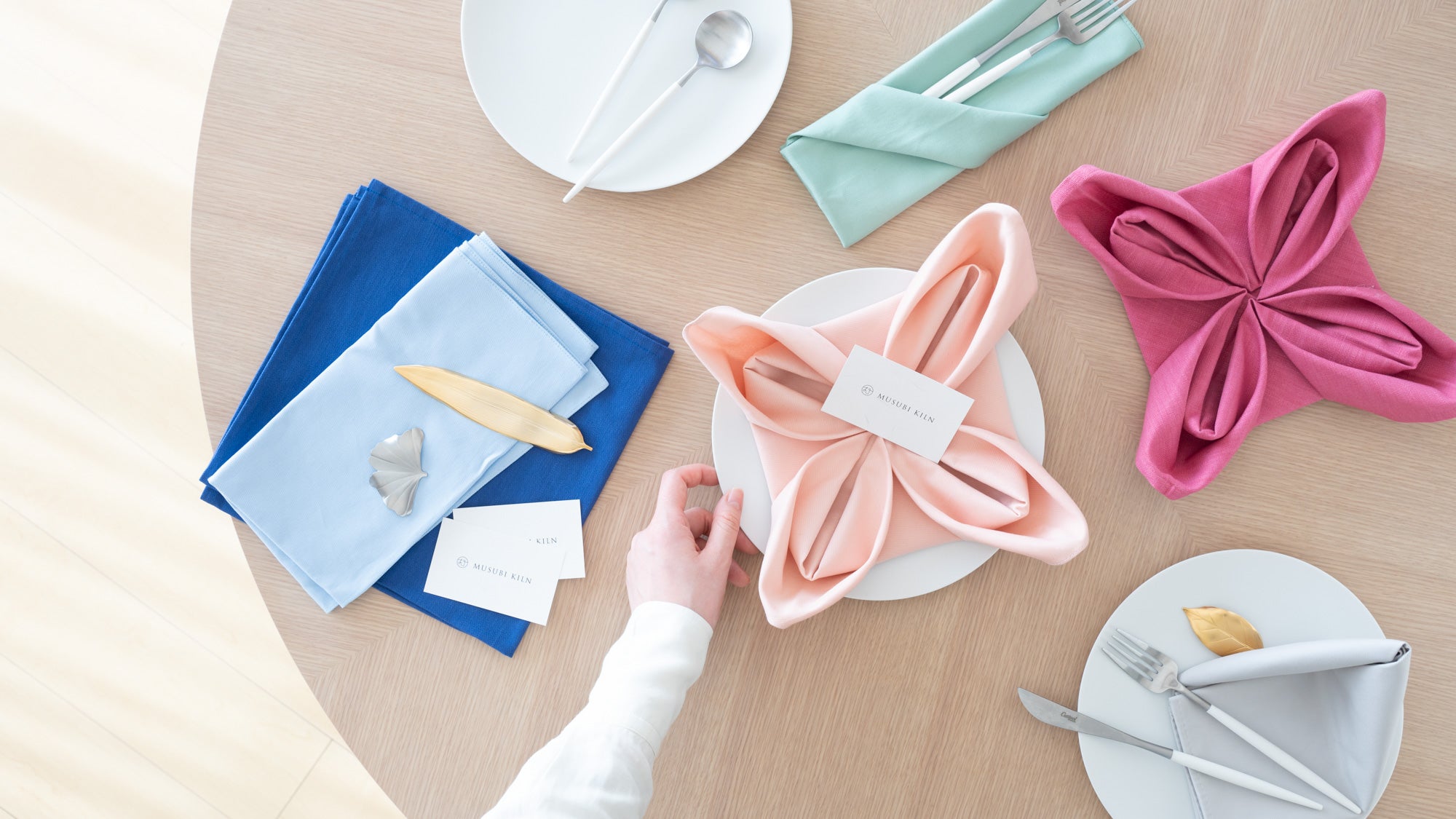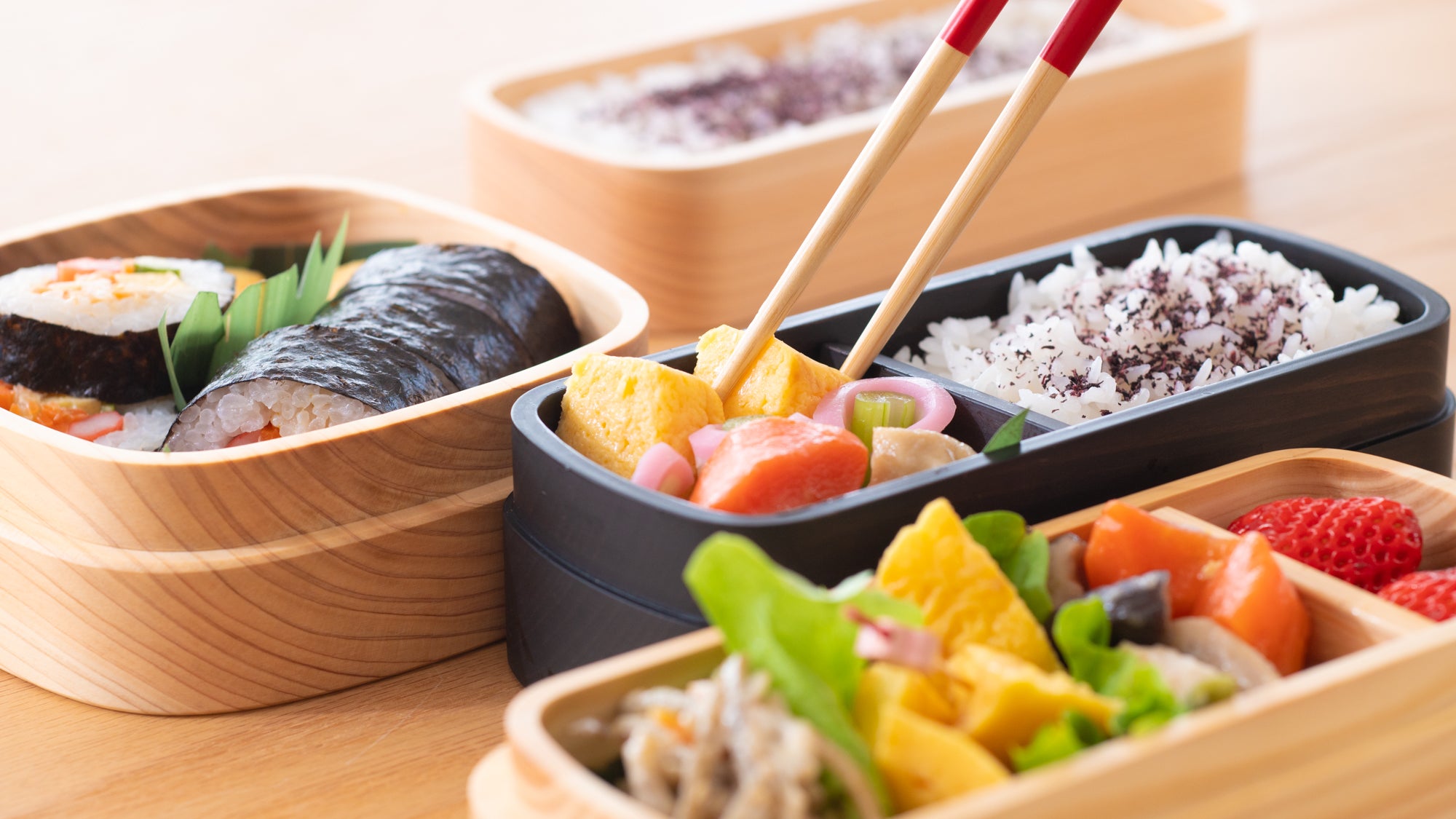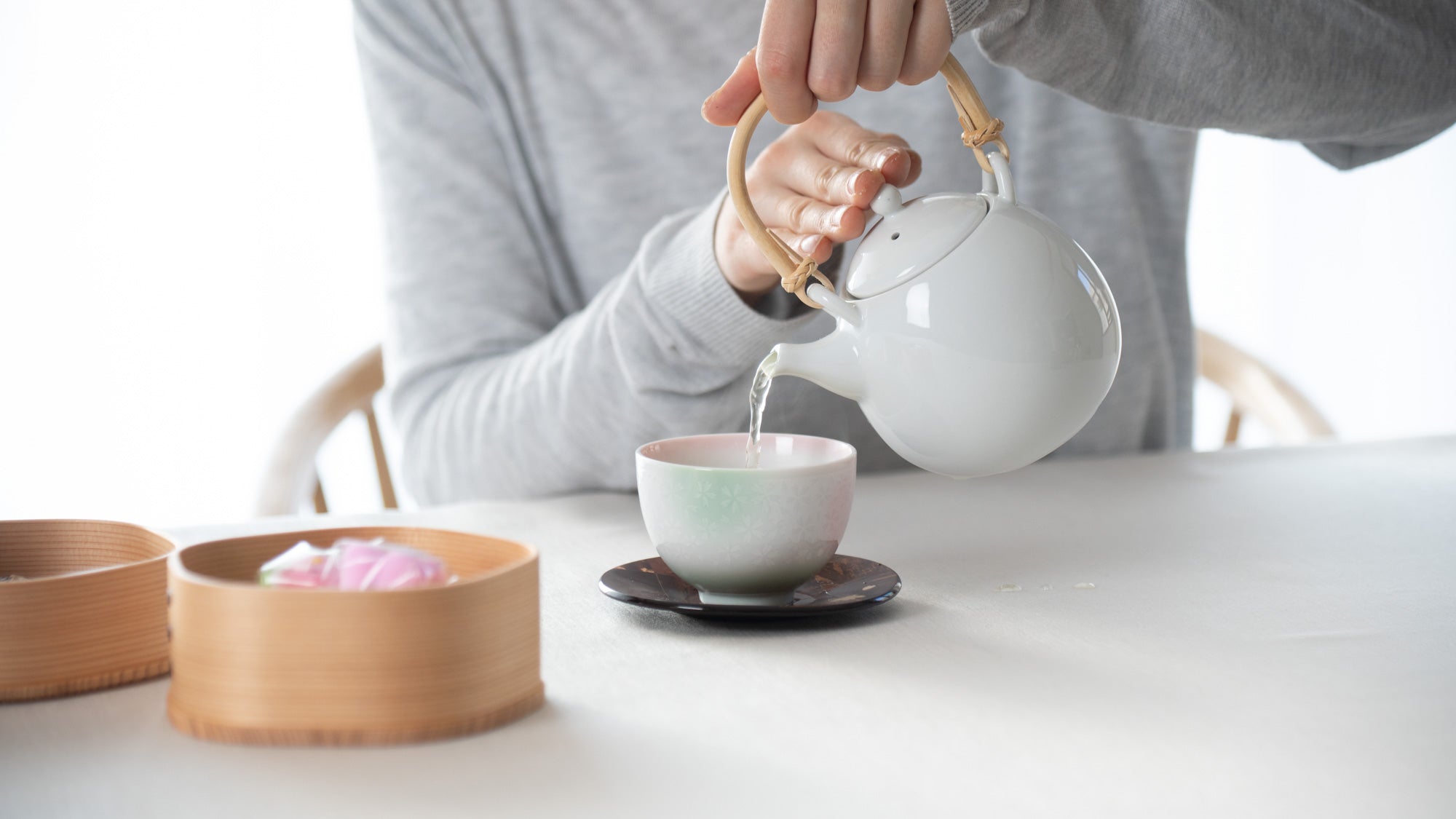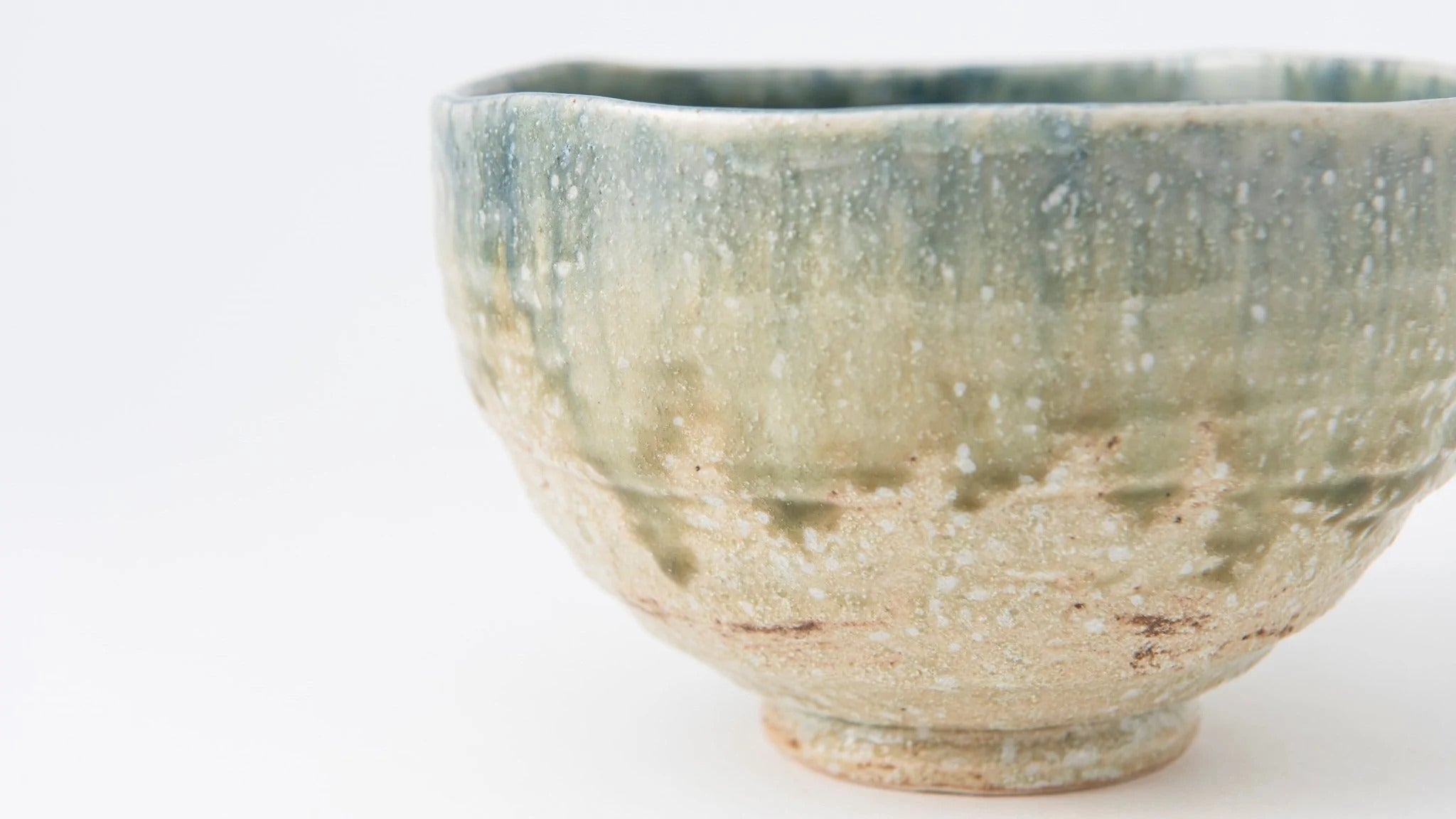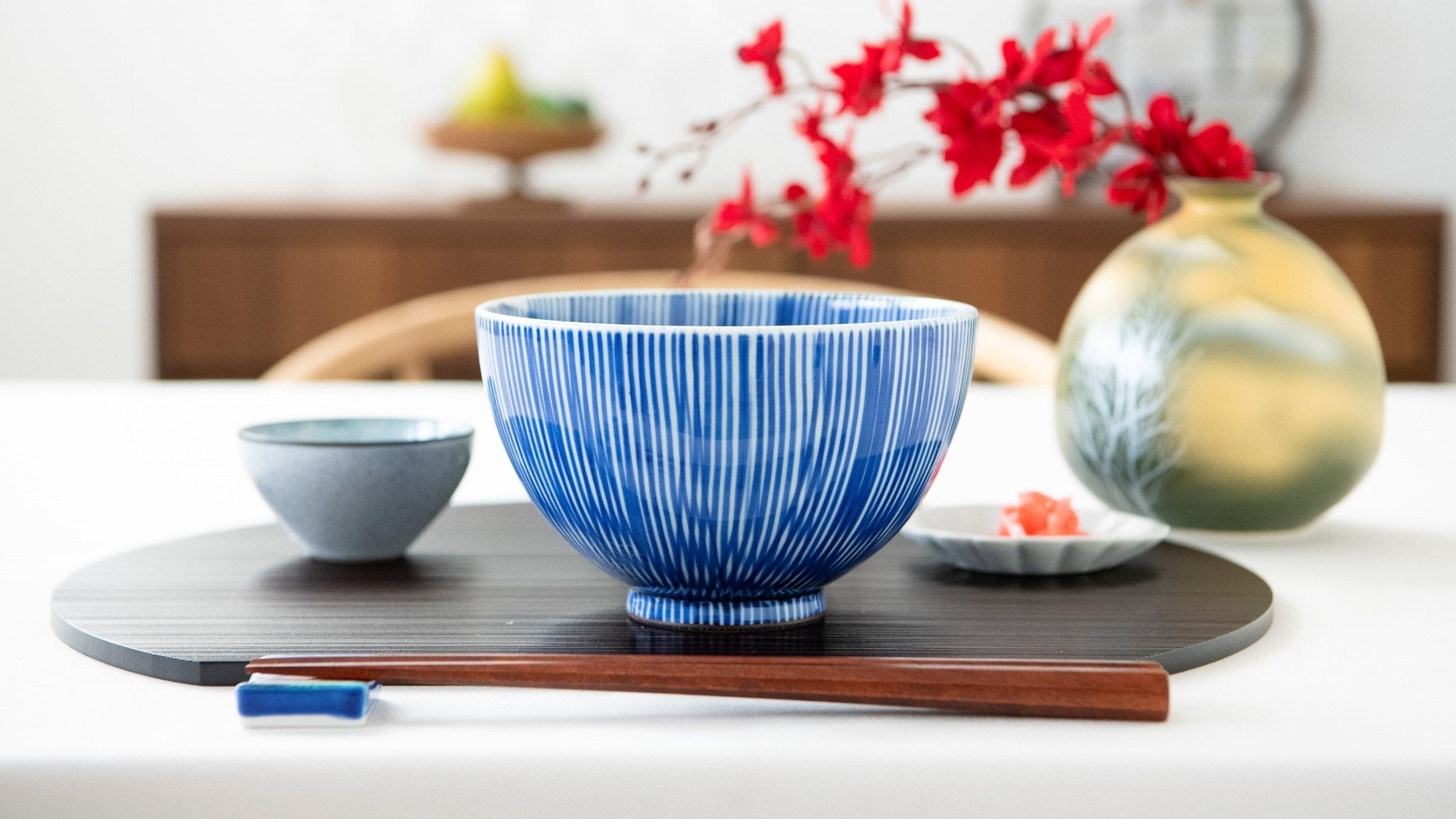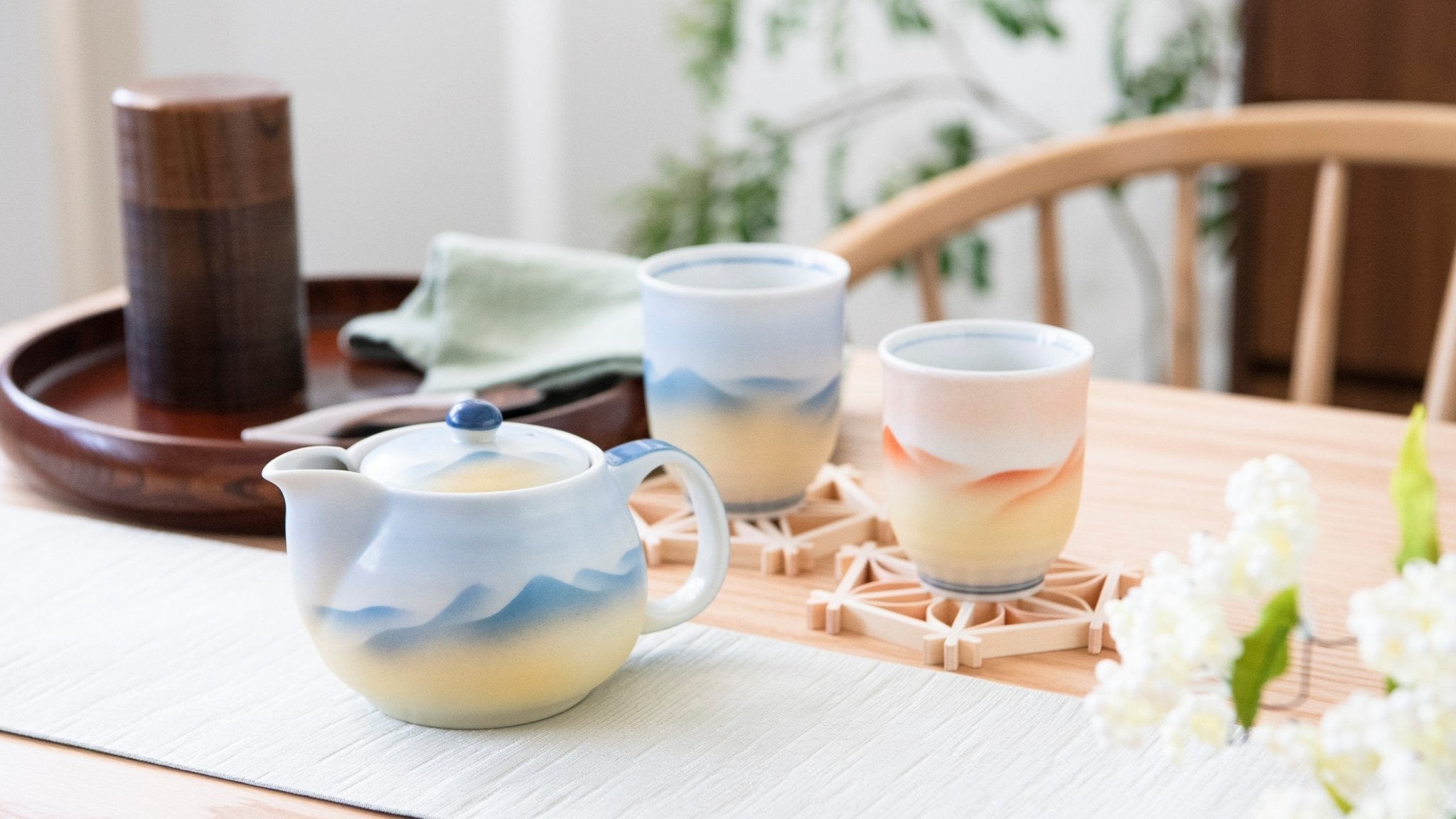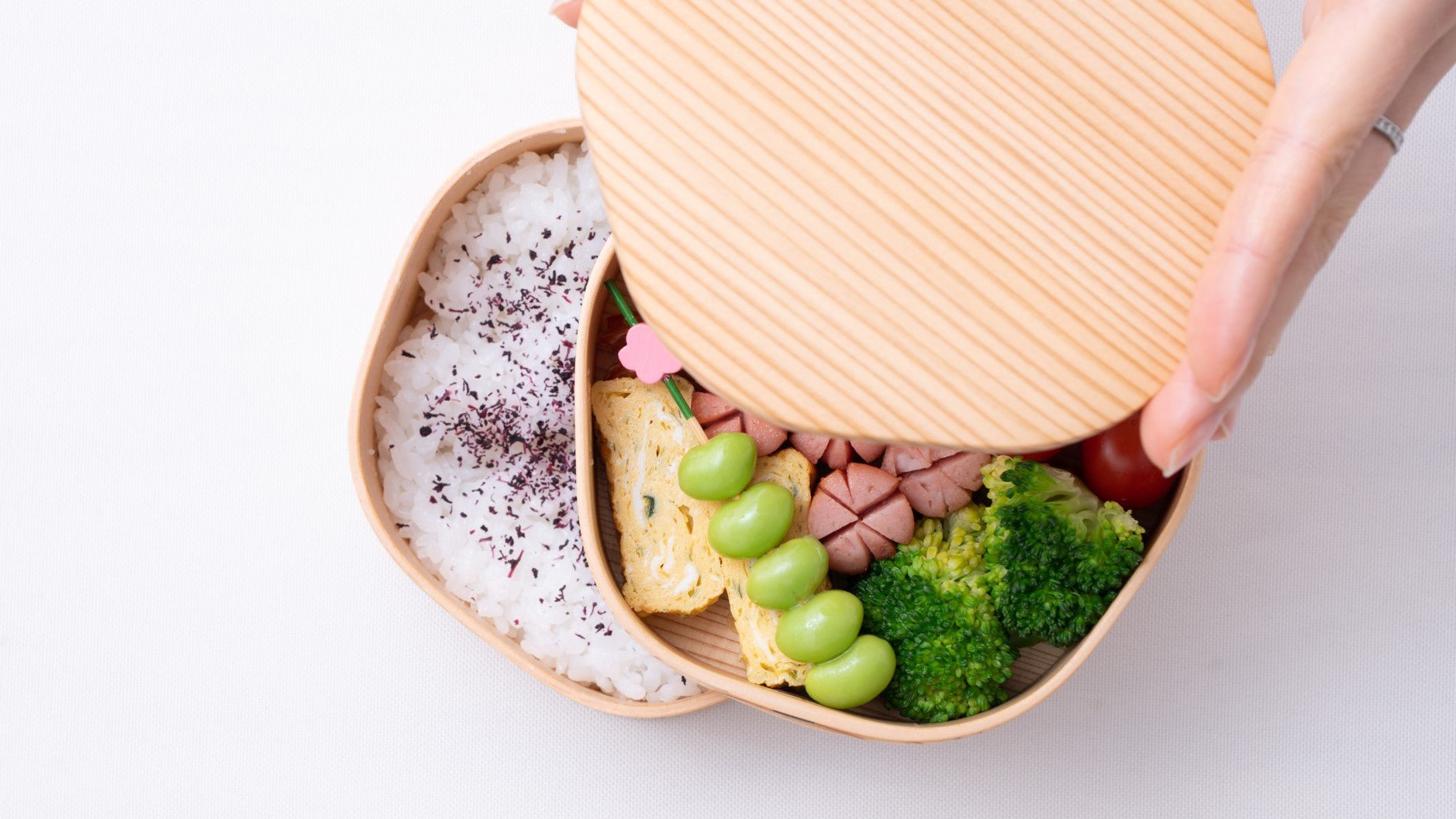20 April 2022
Guide for Japanese Trays & Placemats

For Japanese style dining table, in which small dishes are often used, trays and placemats are essential items that make it easy to carry the dishes and create a beautiful table settings.
For example, serving an entire dishes for one person on a tray helps to avoid multiple back-and-forth steps between the kitchen and dining table. And with placemats, you can easily learn how to place Japanese dishes in the correct manner.
Moreover, they are also useful to make Japanese style table setting which is traditional, neat, elegant impressions. On this page, learn about the different types of trays and placemats and how to use them to make your table look more exceptional.
Contents
- About Japanese Trays and Placemats
- Shapes and Layout
- Materials and Traditional Crafts
- Easy Expression of Japanese Dining
About Japanese Trays and Placemats

What is “Obon” Japanese Tray?
The Japanese tray is called a “Obon" in Japanese, and is used to carry dishes and tea utensils, allowing them to fit stable on the tray without falling out because of its rim at the edge.
Trays come in a variety of shapes, from rectangular to square, circular to half-moon, as well as various materials, and many seasonal designs are available.
Having one tray for serving food is convenient, but if you want to use it as a placemat as well, it is best to have enough number for the family members and guests.
What is “O-shiki” Japanese Placemat?

Placemats are called “Oshiki" in Japan, that works as a picture frames for the dining table to make the dishes look more presentable. Unlike tray, placemat is usually rimless, but a placemat designed with a lower rim is also sometimes referred to as a placemat.
They are ideal when hosting guests, and also use of different materials and designs according to season and event will make your dining scene more impressive.
Shapes and Layouts

Rectangle Tray & Placemat
Rectangle is the most versatile shape.
It can be used for a wide range of layouts, from the basic Japanese dinner of rice and miso soup with three side dishes, to a one-plate dinner using a platter, or a long rectangular plate like a sushi plate that takes up the width and multiple small plates.

Placing each dish at the four corners gives a balanced appearance. If there is space in the center, place a palate-freshening dish such as pickles on a small plate.
The size is generally around 40 cm (15.7") wide and 30 cm (11") depth. In the image below, a 42cm (16.5") wide and 30cm (11") depth is used.


The tip for arranging the half-moon tray is to position each dish in a circle along the tray.
Half-moon trays come in a variety of sizes, but for use in the basic Japanese layout of rice, miso soup, and three side dishes "Ichiju-Sansai", we recommend a tray with a width of 36 cm (14") or more.
The one used in the image below is 39 cm (15.3") wide.

Round Tray

Round trays can create a contemporary impression like that of a trendy café.
A more aesthetically arrangement is achieved by using fewer dishes and placing them in a way that allows the beauty of the margins to be appreciated.

The round tray is also perfect for placing in the center of a table or on a side table with a set of Japanese teas on it, as it is beautiful from all angles.

For use in a basic Japanese dining layout of rice, miso soup, and three side dishes "Ichiju-Sansai", a minimum diameter of 30cm (12in) is required.
In the image below, a 30cm (12") diameter tray is combined with a 15cm (5.9") diameter main plate, which just barely fits.
If you want to use a larger main plate, it is better to use a 33cm (13") or larger round tray or a tray of a different shape.

Materials and Traditional Crafts

Japanese Lacquerware
Traditional Japanese lacquerware trays have an elegant luster and deep tones, making them ideal for a luxurious, elegant table arrangement.
Aizu lacquerware, Yamanaka lacquerware, Echizen lacquerware, and Wajima lacquerware are well-known for their production areas, each with its own unique expression and technique. Lacquered half-moon trays in particular are often used in traditional Japanese restaurants and Kyoto cafes.
"Magewappa" –Bending Wood Craft

Trays using the "Magewappa" technique, a traditional craft of Akita Prefecture in Japan's northeastern region, work well with both classic and modern styles.
In particular, trays made by Odate Kougeisha are very popular in Japan, not only for their sophisticated appearance, but also for the fact that they are washable in water without worrying about scratches with their glass coating.

"Kabazaiku" –Cherry Bark Craft
The tray made from Kabazaiku, a craft unique to Japan that uses cherry bark, is beautiful with its deep brown color and particular elegant luster, making it possible to create a high-quality table setting.
Most are smaller in size, making them ideal for tea trays.
Especially the tea chests produced by Yatsuyanagi, a long-established company in Akita Prefecture that specializes in the traditional craft of Kabazaiku, are designed to hold tea utensils, the lids can also be used as trays, which is an excellent feature.

“Sudare” –Bamboo Screen
These bamboo placemats are often used in the Japanese summertime. Bamboo has a refreshing cool impression and goes well with glass tableware, which is a perfect match for summer use.
These placemats made in Oita Prefecture, which is famous for its bamboo crafts, are not only high quality, but can also be rolled for easy storage.
Easy expression of Japanese style table setting
Trays and placemats are casual tools that make it easy to express a Japanese style table setting. They are also very beautiful as utensils themselves, and even if they are just placed on the table, they add color to the space as interior decorations.
Even if you do not have Japanese tableware, just using trays and placemats can add a Japanese touch to your table, even you don’t have any Japanese tableware yet.
Besides, trays and placemats can transform the everyday dining scene to a whole new experience, making them very versatile and useful even if you only have one.



